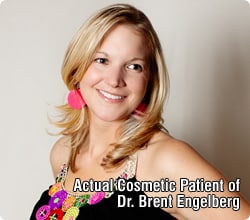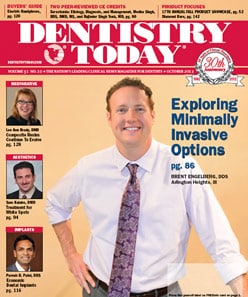 Snoring and Obstructive Sleep Apnea
Snoring and Obstructive Sleep Apnea
Unfortunately, in the United States a constantly increasing percentage of the population suffers from the ill effects of snoring and sleep apnea. According to recent CDC statistics, 38% of all people in the U.S. over the age of 20 unintentionally fell asleep during the day at least once in the past month! Clearly, insufficient sleep is a public health epidemic, and is a major negative influencer of wellness. Preventable car crashes, medical errors, and general inefficiency are all attributable to inadequate quality sleep. Snoring and sleep apnea are commonly to blame.
Snoring is the vibration of breathing structures and the sound it makes due to the obstruction of air during breathing while sleeping. Of course, snoring is also disruptive to your sleeping partner, and also causes daytime fatigue in their lives. Apnea occurs when a person stops breathing, which of course leads to a lack of air (oxygen) in the bloodstream and the brain. Sleep apnea is a medical condition where a person repeatedly stops breathing while they sleep. Not everyone who snores has sleep apnea, but everyone who has sleep apnea snores.
Snoring has historically been something to joke about—but it is not funny at all when you consider that it can lead to a host of serious health problems and even sudden death. When the tissue at the back of the throat vibrates, we snore. When this tissue completely blocks the airway while we sleep, this causes apnea, and in most cases several other health risks such as high blood pressure, fatigue, and other serious side effects. Waking up often during the night is how our brain attempts to notify and alert us to the oxygen deprivation.
Treatment Options
The key to combating obstructive sleep apnea is to maintain an open airway throughout the night. The ideal treatment will differ from patient to patient, so correct diagnosis of the condition is paramount. The diagnosis of sleep apnea is based on the evaluation of symptoms (from an Epworth Sleepiness Scale, for example) and the results of a formal sleep study. It is essential that a patient undergo a polysomnography study prior to any treatment for sleep apnea. This is important for medical-legal reasons, but more importantly for correctly identifying the proper treatment recommendations. Once the tests have been concluded, the recommendation for a continuous positive airway pressure (CPAP) device or an oral appliance, such as a Thornton Adjustable Positioner (TAP III, etc.) might be made.
Dental Solutions
It can be difficult for patients to adjust to a CPAP system—it is cumbersome, and many patients refuse to wear it, despite the proven success it has for treating sleep apnea. In these cases, the potentially life-threatening situations that can develop from airway obstruction throughout the night necessitate an effective alternative solution to CPAP. Oral appliances have a substantially higher compliance rate, and therefore are now considered the treatment of choice for patients with mild to moderate sleep apnea, or even other patients who otherwise should wear a CPAP device but refuse to comply. In other words, wearing a properly fitted oral appliance is much better than not wearing your CPAP. Most oral appliances work by positioning the lower jaw forward to open the airway—and there are hundreds of these appliances to choose from. Dr. Engelberg and his team can select the best appliance for you, and titrate your appliance to your specific and individualized needs, provided you undergo a sleep study with the appliance in place. This is without question the ideal scenario for treating sleep apnea with an oral appliance: fitting a custom appliance after the medical diagnosis of sleep apnea followed by a follow-up sleep study to titrate the appliance for maximum effectiveness.
For exceptional restorative and cosmetic dental care in Arlington Heights, contact Dr. Brent Engelberg today. We serve patients from Buffalo Grove, Lake Forest, Highland Park, Palatine, Wheeling, Barrington, and the surrounding areas.












